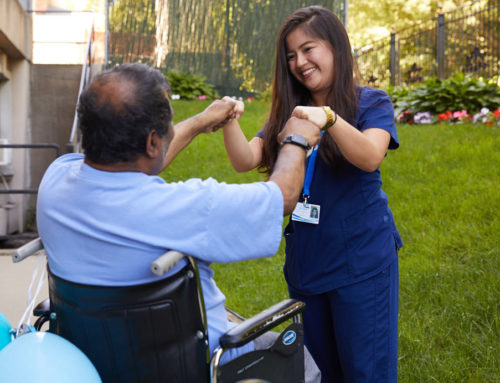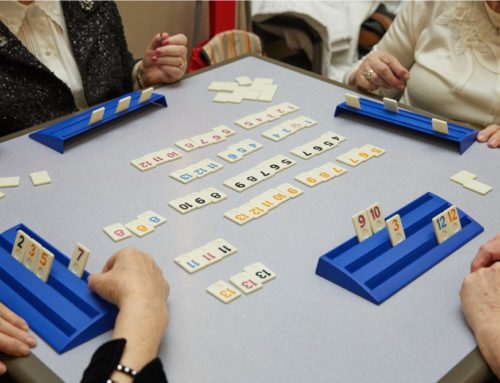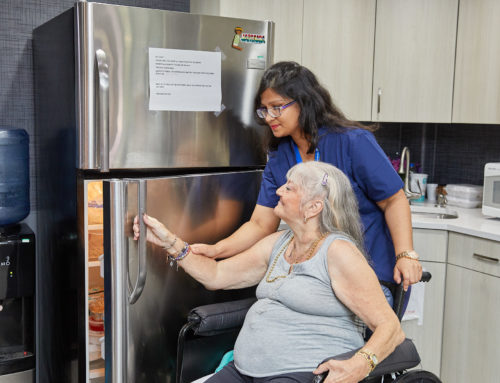Health Benefits Of Physical Therapy After Stroke
Strokes affect millions of people around the world every day. The majority of stroke patients survive, though with limited mobility and movement. These disability issues stem from the loss of connection between your brain and the rest of your body. That’s why physical therapy after stroke is so important, to reduce these issues and improve your recovery.
Strokes can vary in severity from person to person, though every stroke patient can benefit from physical therapy. Your medical team will determine the care you require to relearn any skills that you now struggle with. Let’s take a look at what stroke-related physical therapy can do for you.

What Does Physical Therapy Do For Stroke Patients?
Physical therapy after stroke is designed to help individuals relearn simple motor activities that have become difficult to perform. The goal is to strengthen your muscles and increase your movement using specific exercises.
The process involves a variety of exercises to improve motor skills and increase mobility. Some of these include walking, stationary cycling, aerobics, and resistance training. The results can include improved strength, balance, and endurance. Proper physical therapy can also prevent future strokes from occurring.
Though it seems like only your body is getting a workout, this isn’t the case. During your session, your brain is also being retrained to control the muscles that have been affected. As well as boosting your brain health, these exercises relieve stress, reduce depressing, and increase your independence and confidence.
How much physical therapy does a patient need?
There is no set amount of physical therapy after stroke since the duration depends on the severity of the damage. How regularly you perform those exercises assigned to you also affect recovery time. The more you stick to the recommended schedule, the faster you’ll recover.
That’s why stroke patients are encouraged to begin as quickly as possible. In fact, most stroke rehabilitation starts 24 hours after the stroke has occurred. Doing so stimulates the affected muscles and nerves to encourage circulation and reduce stiffness.
Over time, more rigorous exercises are added to the routine to help rebuild muscles strength and regain mobility. Basic muscles movements are slowly relearned, improving coordination, balance, and other basic skills. The faster you reach the goals set by your physical therapist, the sooner you’ll regain your independence. For some, this can occur within a few months, while others may require years of rehab for a full recovery.
What is the best exercise for a stroke patient?
There isn’t a specific exercise that is best for stroke patients, though there are certain types that can speed up recovery. For instance, part of the physical therapy for stroke patients is cardiovascular fitness. Aerobic exercises like walking or cycling strengthen your heart and lungs while improving endurance.
Resistance training is also important for stroke recovery. These types of exercises help you recover your stamina, stability, and physical strength. Your range of motion will also increase, as will your flexibility. Though these exercises can be repetitive and boring after a while, they are an important part of physical therapy after stroke.
This article is for educational and informational purpose only and does not substitute for professional medical advice. For any questions about your own health condition, speak to a qualified physician or healthcare provider.







Leave A Comment